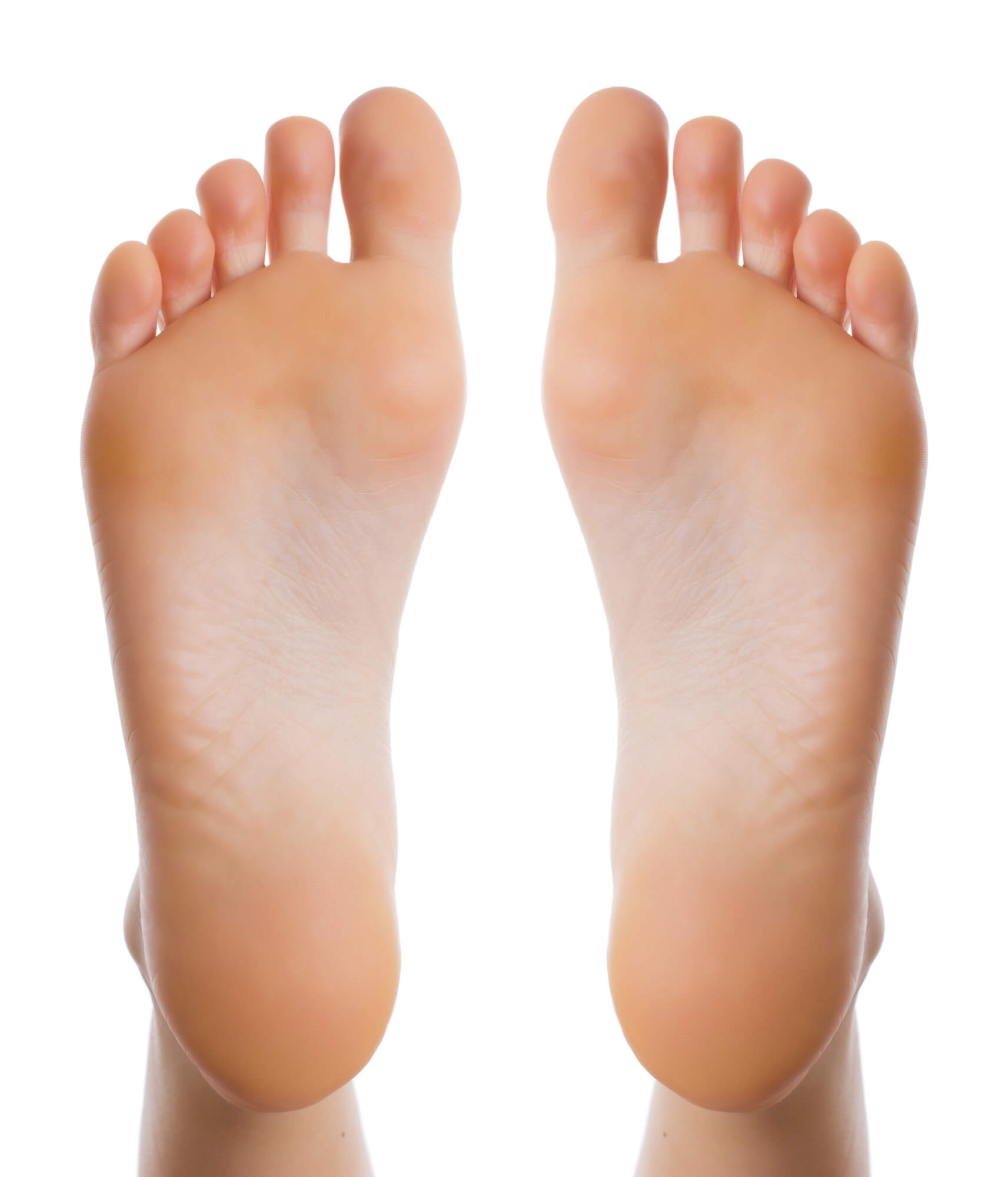Understanding the Causes and Types of Unsteady Gaits
Unsteady gaits, also known as abnormal gaits, are an abnormality in the way a person walks. They can range from a minor inconvenience to a major hindrance to daily activities, and can be a symptom of a wide range of underlying medical conditions. Podiatrists, healthcare professionals specializing in the diagnosis and treatment of foot and ankle conditions, play a critical role in helping patients with unsteady gaits.
What are Unsteady Gaits?
Unsteady gaits refer to any abnormality in the way a person walks. They can be characterized by a wide range of symptoms, including difficulty balancing, difficulty walking in a straight line, and an increased risk of falls. Unsteady gaits can also be accompanied by other symptoms such as muscle weakness, pain, and fatigue.
Causes of Unsteady Gaits
Many medical conditions can lead to unsteady gaits. Some common causes include neurological conditions such as spinal cord injury, multiple sclerosis, and cerebral palsy, as well as inner ear problems that can lead to vertigo. In some cases, gait abnormalities may be caused by issues with the nervous system, such as peripheral nerve damage or damage to the head and neck. In addition, underlying conditions such as osteoarthritis, intoxication, and certain medications can also contribute to unsteady gaits.

Types of Unsteady Gaits
Podiatrists typically classify unsteady gaits into five main types based on symptoms and causes: spastic gait, waddling gait, steppage gait, scissors gait, and propulsive gait.
Spastic Gait
Spastic gait is characterized by a stiff, jerky walk. It is often seen in patients with neurological conditions such as spinal cord injury, multiple sclerosis, and cerebral palsy. The stiff, jerky movements are due to the spasticity (tightness) of the muscles, which makes it difficult for the person to control their movements.
Waddling Gait
Waddling gait is characterized by a wide, side-to-side swaying movement while walking. This type of gait is often seen in patients with conditions that affect the hips, such as osteoarthritis or muscular dystrophy. The wide swaying movement is due to the person's attempt to maintain balance.
Steppage Gait
Steppage gait is characterized by a lifted, swinging foot that is unable to clear the ground. This type of gait is often seen in patients with peripheral nerve damage, such as that caused by diabetes. The lifted, swinging foot is due to weakness in the muscles responsible for lifting the foot.
Scissors Gait
Scissors gait is characterized by a criss-crossing movement of the legs while walking. This type of gait is often seen in patients with ataxic (lack of muscle coordination) conditions, such as ataxia or multiple sclerosis. The crisscrossing movement is due to the person's difficulty controlling their leg movements, leading to an unsteady and crossed gait.
Propulsive Gait
Propulsive gait is characterized by a forward-leaning body and a shuffling walk. This type of gait is often seen in patients with conditions affecting the spinal cord, such as spinal stenosis. The forward-leaning body and shuffling walk are due to the person's attempts to maintain balance and avoid falling.

Diagnosis and Treatment of Unsteady Gaits
Diagnosis of unsteady gaits begins with a thorough evaluation by a podiatrist. The podiatrist will ask questions about the person's symptoms, medical history, and physical activity and perform a physical examination of the person's feet and legs. In some cases, additional tests such as nerve conduction studies, imaging studies, and neurological evaluations may be necessary to determine the underlying cause of the unsteady gait.
Once a diagnosis has been made, the podiatrist will develop a treatment plan tailored to the specific cause and type of unsteady gait. Treatment options may include physical therapy, medication, assistive devices, and, in severe cases, surgery.
Conclusion
Unsteady gaits can be a frustrating and limiting experience, but with the help of a podiatrist, they can be diagnosed and treated. Understanding the different causes and types of unsteady gaits is an important step towards improved foot health. If you are experiencing unsteady gaits or other foot or ankle symptoms, reach out to your local podiatrist to schedule an evaluation today.

